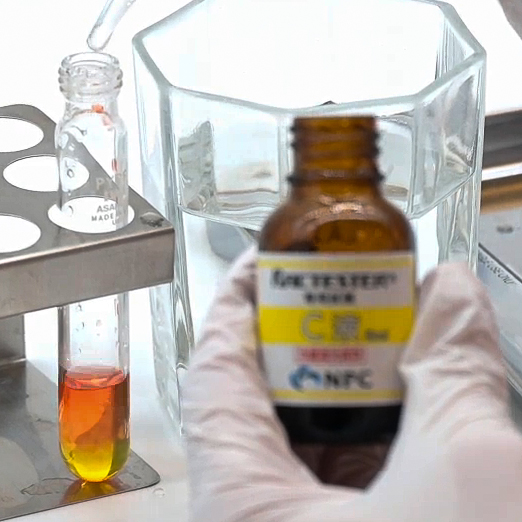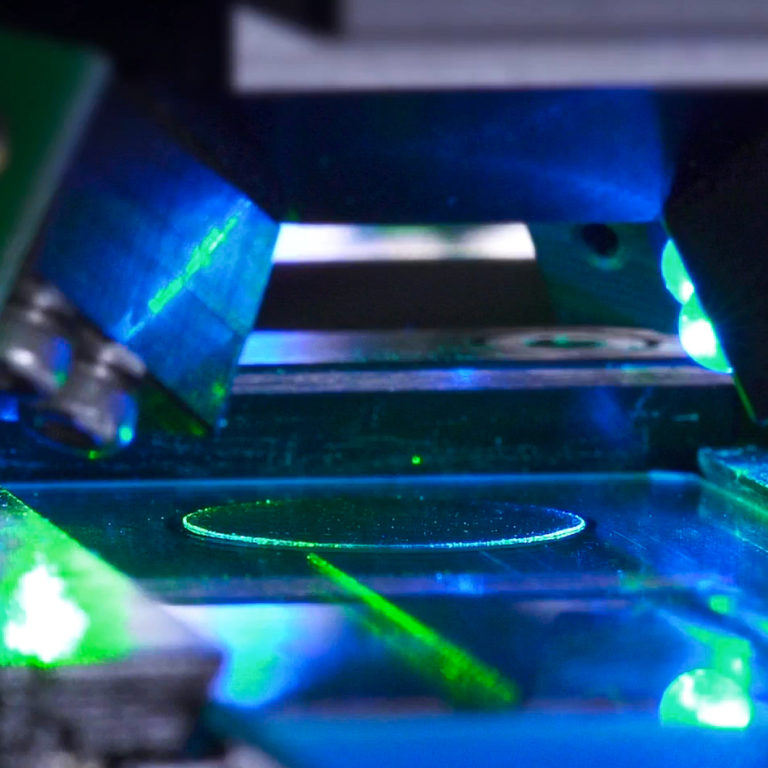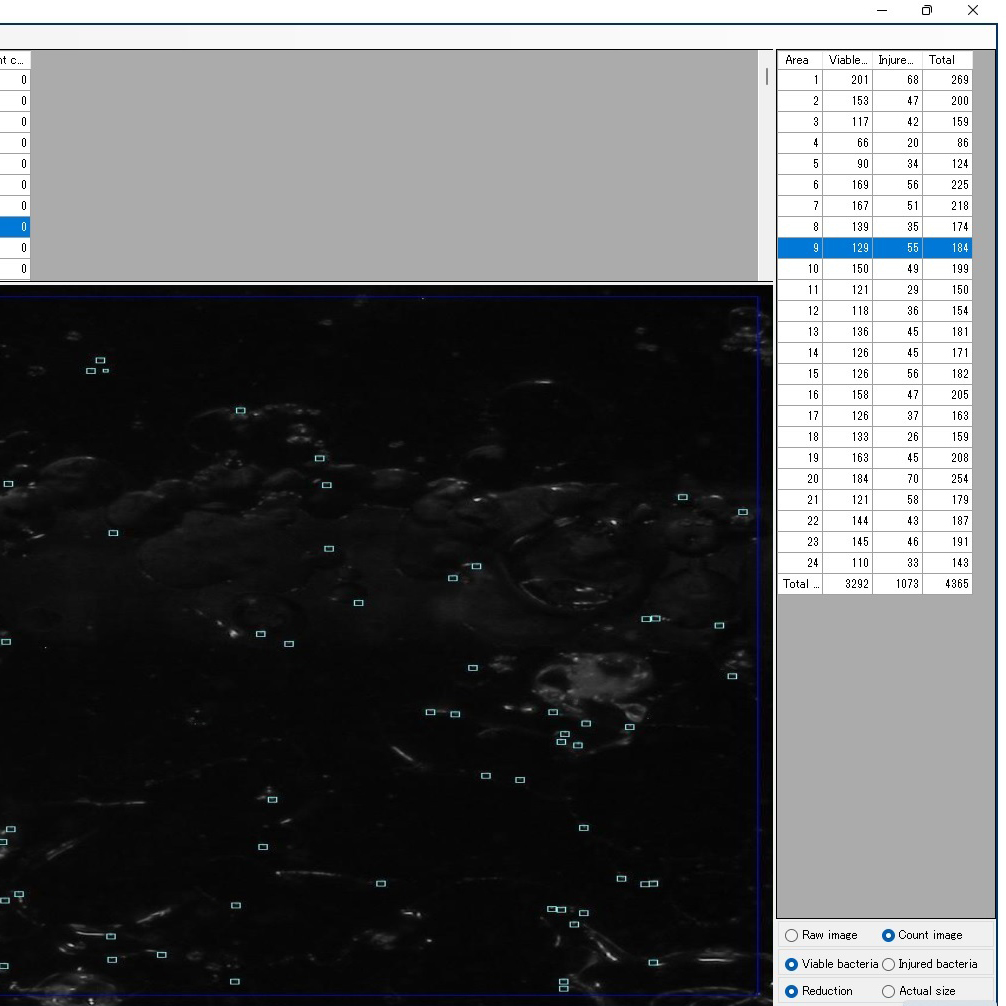bacteria · enumeration device · VNBC · rapid testing · on-site · labeling · CMOS sensor
Rapid bacteria enumeration device from Japan
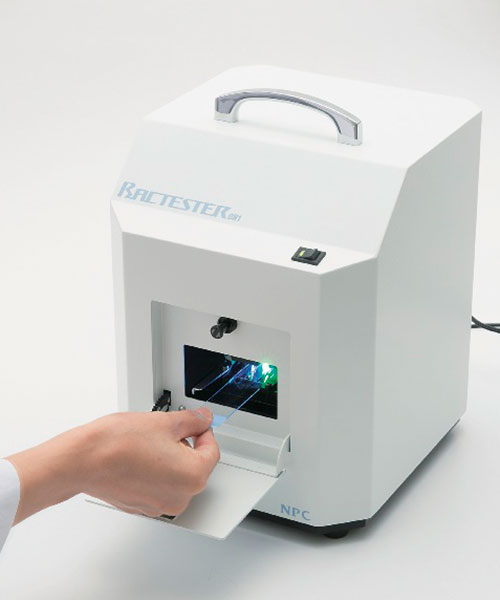
Bactester is a newly developed rapid bacteria enumeration device manufactured by NPC in Japan. It enumerates from 1 single viable and/or injured (dead) bacteria* in less than 5 minutes. As it is portable and easy to use, it enables conducting microbial tests anytime and anywhere. More frequent and cost-efficient testing with Bactester adds further safety while mitigating risk and complements conventional culture methods.
As the official business partner of NPC and an experienced international trading firm, GSI Europe is responsible for the distribution & service of Bactester in the European Union and beyond.

Benefit from immediate test results
Getting test results in a timely manner is a significant merit of Bactester which can process a sample in only 5 minutes. Rapid testing – especially of food with short expiry date – e.g. benefits to reducing food loss. R&D departments of pharmaceutical and cosmetic companies use our device to enhance their product development processes. Moreover, the exchange of samples and test results between manufacturers and laboratories can be very time-consuming, thus Bactester allows to improve these aspects considerably.
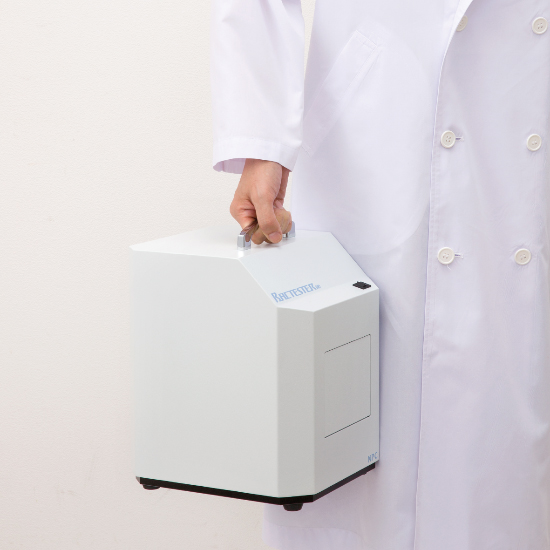
Conduct testing anywhere on-site
With a weight of only 8 kgs and a handle attached Bactester is easy to carry and can be operated anywhere. Its portability enables testing on-site e.g. at factories or other manufacturing facilities, (research) laboratories, outdoor locations with access to electricity etc.
No special skills required
Due to its easy handling and user-friendly software, Bactester can be operated even by non-skilled personnel. After the elaboration of a sample preparation protocol in cooperation with NPC according to the customer’s individual conditions, the procedure can be easily obtained by an assigned employee. Considering the complexity of the culture test method, it is more viable to use Bactester – even when only partially.
Cost-efficient and resource-saving
Saving costs while reducing waste is essential for a business’ economic viability these days and Bactester addresses both aspects in a favorable manner. The costs for one test amount to less than 4 EUR and most parts of the equipment can be cleansed and reused. Syringes, tubes, cartridges, membrane filters etc. are not of a special kind and therefore readily available. If needed these goods can be purchased by us.

More safety and lower risk
Aligning manufacturing processes in accordance with governmental regulations is crucial for one’s business image and success. Due to more frequent testing at different stages of production and especially before shipment of the final product, Bactester can actively help to e.g. reduce food loss and/or prevent (late) batch recalls from the market.
How to use
By loading the video, you accept YouTube's privacy policy.
Read Policy
Sample Types
Bactester is suitable for various types of samples:
- liquids (water, milk, beer, slime, effluent etc.)
- solids (foodstuff, cosmetics etc.)
- air samples
- swabs (surfaces, body parts, machines etc.)
Due to the diversity of samples please contact us and we will help you to set up an individual sample preparation protocol according to the specific requirements of your sample.
By loading the video, you accept YouTube's privacy policy.
Read Policy
Sample preparation LIQUIDS
By loading the video, you accept YouTube's privacy policy.
Read Policy
Sample preparation SOLIDS
FAQ
What is the difference to ATP testing?
+- ATP testing is a hygiene management method that uses ATP (adenosine triphosphate) as a stain indicator. ATP is an energy molecule possessed by all animals and plants. Since it also contains bacteria, it is not suitable for measuring the number of bacteria and therefore cannot be used for microbiological tests.
Where is the correlation to the culture method?
+- Basically, there is a correlation. But the culture method targets only medium-temperature bacteria, whereas Bactester also considers VNC (viable but non-culturable) bacteria by staining it with fluorescent reagents resulting in a larger number to count. Further the culture method does not allow detection of dead bacteria (damaged bacteria).
* Please contact us if you need help with setting up a correlation Is Bactester’s testing method officially recognized?
+- One of the official methods is microscopic measuring using a fluorescent (electronic) microscope. But although Bactester’s mechanism is quite similar, it is currently used only as a self-inspection device for the purpose of rapid detection.
* The measurement principle of Bactester is based on the 18th revised Japanese Pharmacy Law ‘Rapid measurement method of bacteria counts by fluorescent staining’. Is it possible to determine the bacteria type? (Is Bactester able to recognize the type of bacteria?)
+- At present, only the number of common viable bacteria and the number of dead bacteria (damaged bacteria) as indicators of microbial contamination can be recognized. To determine different types of bacteria, it is necessary to apply a test method that is specific to the respective type.
It seems that some fluorescent reagents to distinguish types of bacteria are available from reagent companies, but they are still in verification stage Would it be possible for Bactester to distinguish between different types of bacteria if a respective reagent is developed?
+- We are advancing preparations to create various reagents in future we assume to be feasible.
Is it possible to examine Eumycetes (true fungi)?
+- It is possible to verify common mold (e.g. hypha, spore) due to dyeing but its quantity cannot be counted.
Yeast fungus can be examined. Is it possible to examine Endospore (bacterial spore)?
+- It can be measured by giving a heat shock (heat activation) during germination state.
Is it possible to examine airborne bacteria?
+- It is possible. Bacteria collected by air samplers can be examined.
